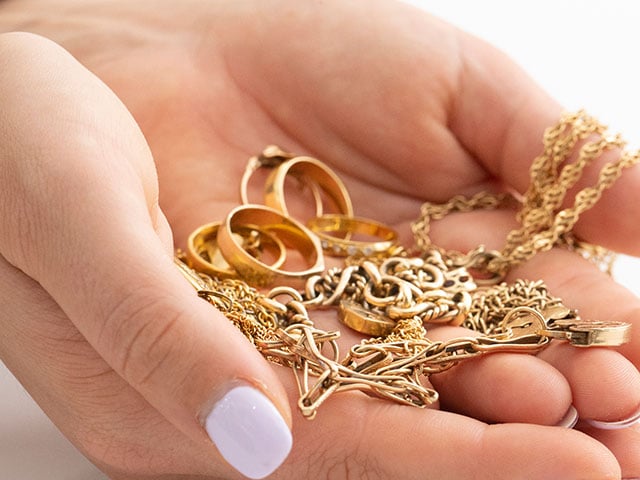Blood diamonds, also known as conflict diamonds, have been a subject of controversy and human rights concerns for decades. These diamonds are mined in war zones and sold to finance armed conflict against governments. The trade of blood diamonds has contributed to devastating humanitarian crises, leading to the term “blood diamond” being widely recognized around the world. In this article, we will delve into what is a blood diamond is, its origins, its impact on communities, and the measures taken to combat the trade.
The Definition of a Blood Diamond
A blood diamond refers to any diamond that is mined in an area controlled by forces opposed to legitimate governments and sold to finance armed conflict or terrorism. The term was coined in the late 1990s during the civil wars in West Africa, particularly in Sierra Leone, Angola, and Liberia, where rebel groups used diamond profits to fund their violent activities. Blood diamonds are often associated with severe human rights violations, including forced labor, child labor, and violence against workers. These diamonds are sold on the global market, often without the consumer’s knowledge that they come from conflict zones.
The Historical Context of Blood Diamonds
The trade of blood diamonds became widely recognized in the late 20th century during brutal conflicts in Africa. Rebel groups, seeking to overthrow governments, seized control of diamond-rich areas and used the proceeds from diamond sales to fund their military activities. These diamonds became a major source of revenue for armed groups in countries like Sierra Leone, where civilians suffered from war crimes, amputations, and other atrocities. The term “blood diamond” emerged as a reflection of the bloodshed and suffering associated with their extraction and trade. In many cases, workers were subjected to inhumane conditions, including forced labor, torture, and even death, all to provide these diamonds to international markets.
How Blood Diamonds Are Mined and Traded
Blood diamonds are often mined in remote and dangerous regions, far from the reach of government authorities and international regulators. Rebel groups control the mining areas, using violence and coercion to force local workers into labor. In some cases, children are exploited for diamond mining, enduring long hours and hazardous conditions. The diamonds are then smuggled across borders, bypassing official channels to be sold in international markets. The lack of transparency in the trade makes it difficult to trace the origins of many diamonds, allowing blood diamonds to circulate through the global jewelry industry without detection.
The Impact of Blood Diamonds on Communities
The consequences of the blood diamond trade are devastating for local communities in conflict zones. The violence fueled by the diamond trade leads to widespread displacement, loss of life, and the destruction of infrastructure. Families are torn apart as people are forced to flee their homes or are taken as forced laborers. Child soldiers are often recruited and made to participate in brutal combat. The revenue generated by the sale of blood lab created diamonds enables rebel groups to purchase weapons and sustain their campaigns of violence, further prolonging the conflicts and exacerbating the suffering of innocent civilians. In addition to the immediate harm caused by armed conflict, the long-term effects of these wars include economic instability, poverty, and trauma that can affect generations.
The Kimberley Process and Efforts to Stop the Trade
In response to the growing awareness of blood diamonds, the international community took steps to curb their trade. The Kimberley Process Certification Scheme (KPCS) was established in 2003 to prevent the flow of conflict diamonds into the global market. Under this system, countries are required to certify that their diamond exports are conflict-free. However, the Kimberley Process has faced criticism for its effectiveness, as it has been criticized for failing to address loopholes and for not adequately preventing diamonds from being misidentified or smuggled. While the KPCS has helped reduce the trade of blood diamonds to some extent, the system has not been perfect, and there are still ongoing concerns about the continued presence of conflict diamonds in the market.
The Role of Consumers in the Fight Against Blood Diamonds
Consumers play an important role in combating the trade of blood diamonds. By being informed and conscious of the origin of their jewelry, individuals can make ethical choices when purchasing diamonds. Many jewelers now offer “conflict-free” diamonds that are certified to have been sourced through legitimate channels, ensuring that they are not tied to human rights abuses or conflict zones. Consumers can also look for alternative gemstones or lab-grown diamonds, which provide a sustainable and ethical option for those seeking to avoid supporting the blood diamond trade. Advocacy groups and campaigns have raised awareness about the issue, urging people to demand transparency and accountability from the diamond industry.
The Continued Fight Against Blood Diamonds
While the Kimberley Process and consumer awareness have made strides in reducing the prevalence of blood diamonds, the issue remains a global challenge. As long as conflict persists in certain regions, there is the potential for diamonds to continue fueling violence and exploitation. The global community must work together to strengthen regulations, close loopholes, and ensure that those who profit from the diamond trade do not perpetuate the suffering of vulnerable communities. Ongoing efforts by governments, NGOs, and the private sector are essential in addressing the root causes of conflict and providing a sustainable solution to end the trade in blood diamonds.
Conclusion
In conclusion, a blood diamond is much more than just a gemstone; it represents the suffering and exploitation of individuals caught in the crossfire of armed conflict. These diamonds are mined in dangerous and unstable regions, sold to fund violence, and cause widespread harm to local communities. While measures like the Kimberley Process have made progress in curbing the trade, more needs to be done to ensure that the diamond industry is free from conflict and human rights abuses. By supporting ethical practices and being informed consumers, we can all contribute to ending the trade of blood diamonds and promoting a more just and peaceful world.



